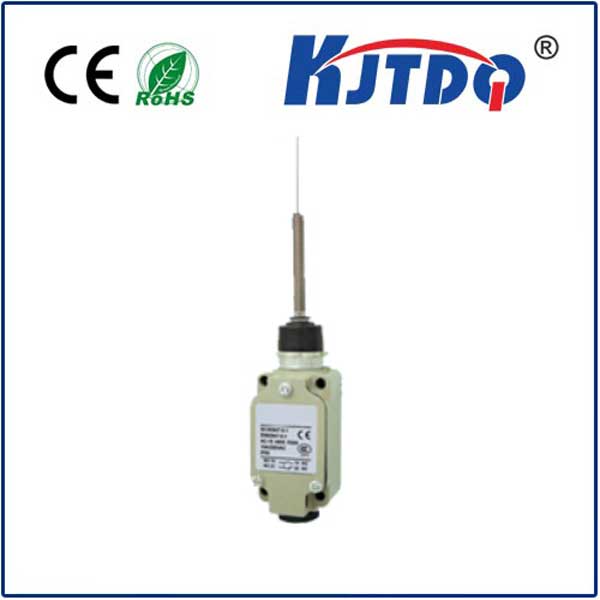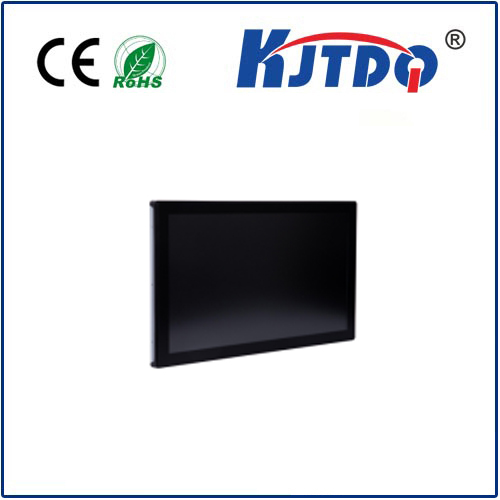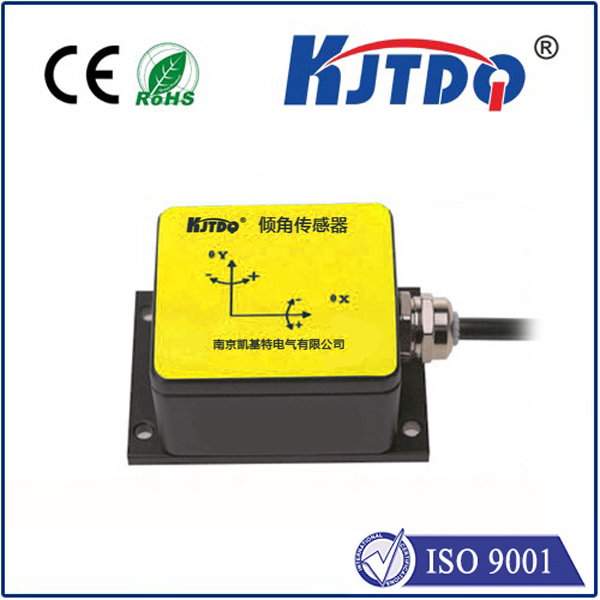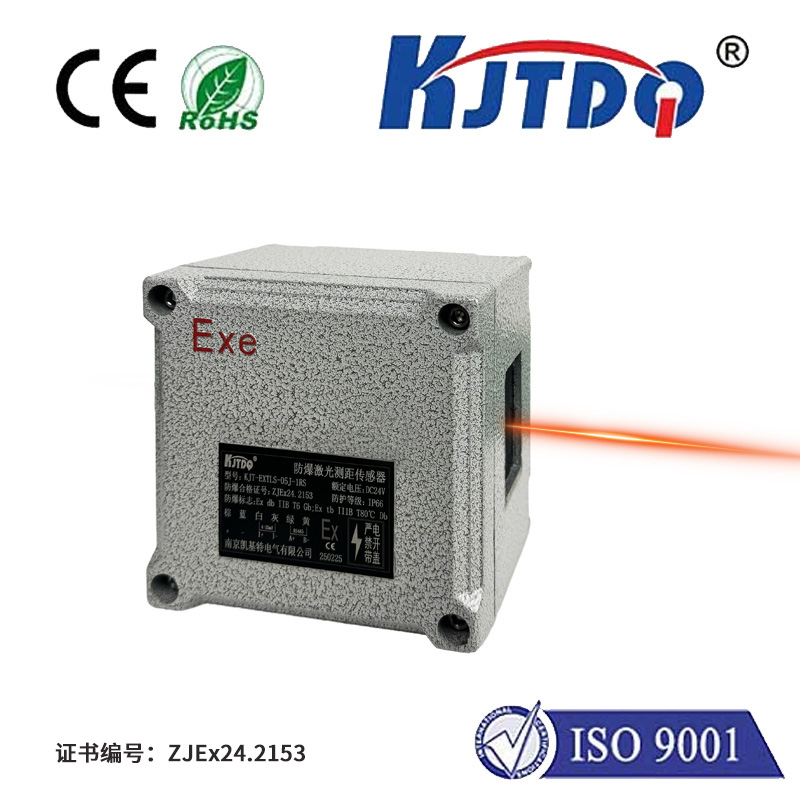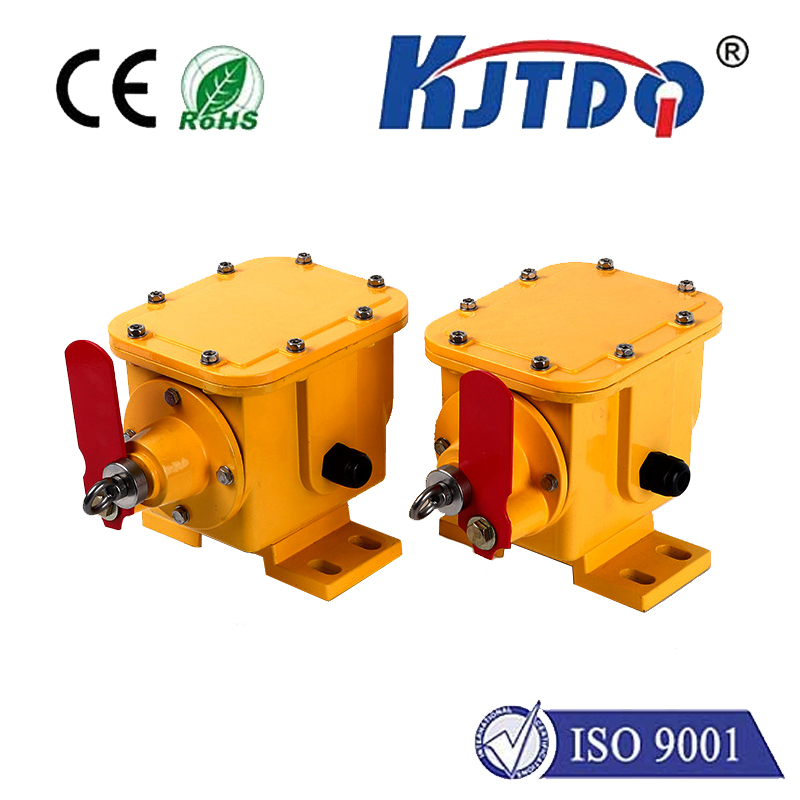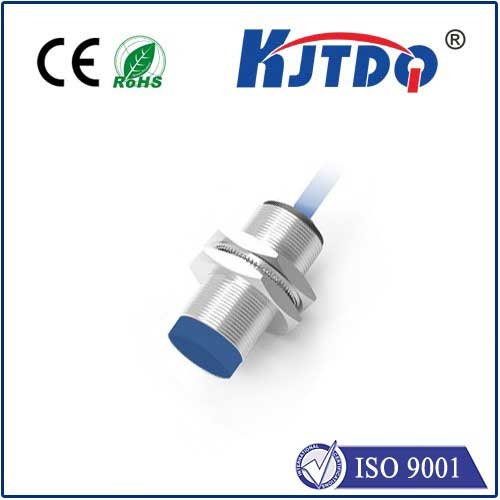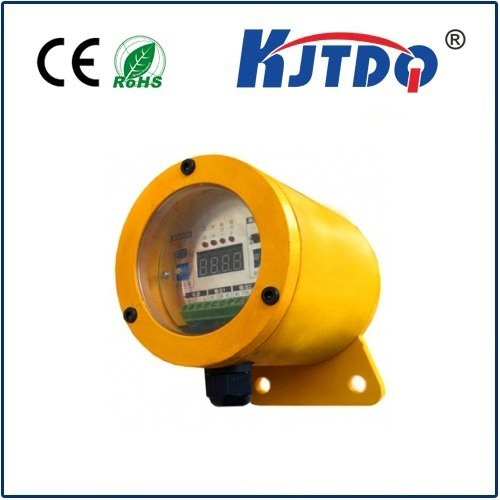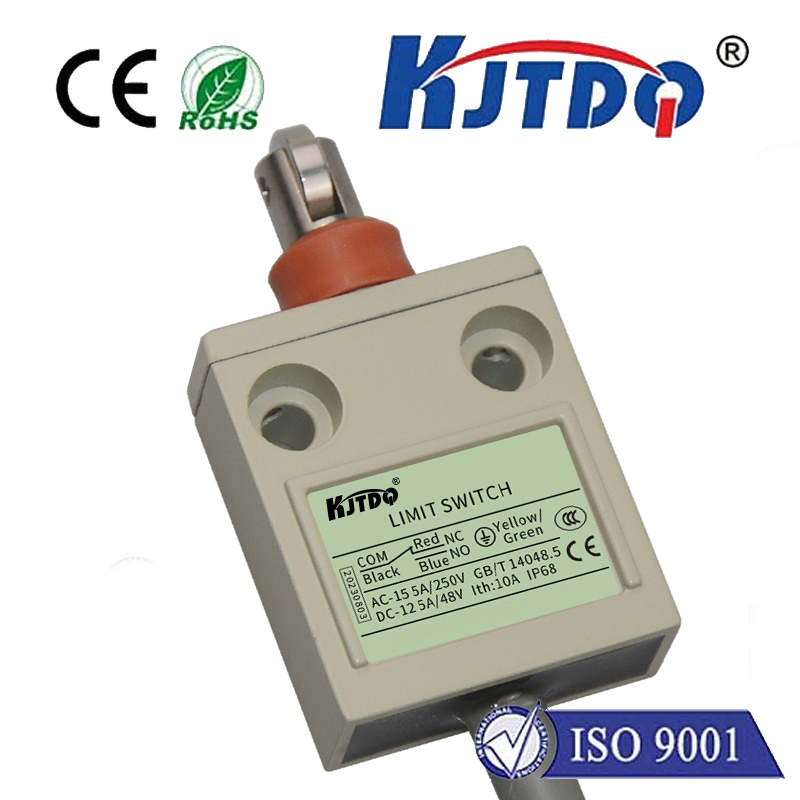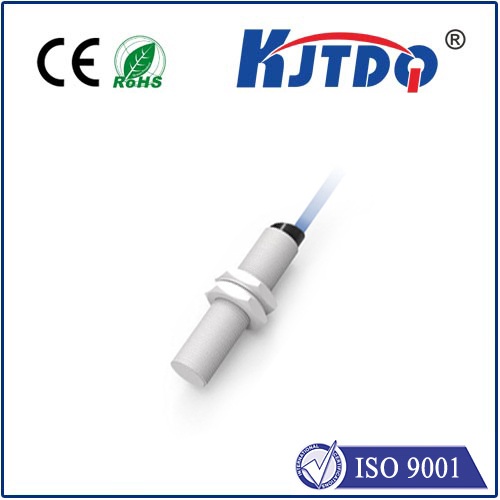inductive pulse sensor
- time:2025-06-18 02:52:13
- Click:0
Beyond Contact: The Silent Precision of Inductive Pulse Sensors in Action
Imagine your car engine roaring to life, pistons pumping thousands of times a minute. Deep within this complex mechanical ballet, a tiny, unassuming device provides the critical timing information needed for ignition, fuel injection, and smooth operation. This unsung hero? Often, it’s an inductive pulse sensor. This ingenious piece of technology, operating without physical contact, delivers precise position and speed data in some of the harshest environments imaginable. Its unique ability to sense magnetic field disturbances from moving metal targets makes it a cornerstone of modern automation, automotive engineering, and countless industrial processes where reliability is non-negotiable. But how does this seemingly simple device translate metallic movement into vital electronic signals?
Unpacking the Principle: When Magnets Meet Metal
At its core, an inductive pulse sensor (IPS) leverages the fundamental principle of electromagnetic induction, discovered by Michael Faraday. The sensor itself typically consists of a permanent magnet surrounded by a coil of fine copper wire.
- The Standing Field: The permanent magnet establishes a constant magnetic field around the sensor’s tip.
- The Trigger Element: Positioned within the influence of this magnetic field is a moving target – usually a specially shaped piece of ferrous (iron-containing) metal. This target could be a gear tooth, a notch on a shaft, or even a dedicated reluctor wheel.
- The Moment of Disturbance: As the target approaches the sensor face, it interacts with the magnetic field. Ferrous metal acts as a “magnetic conductor,” effectively pulling the magnetic field lines into itself. This movement disrupts or concentrates the existing magnetic field.
- Induction in Action: Faraday’s law tells us that a changing magnetic field induces a voltage in a nearby conductor. As the target moves, changing the shape and intensity of the magnetic field cutting through the coil, it induces a voltage pulse (an electromotive force, or EMF) within the sensor’s coil.
- Pulse Generation: The characteristics of this voltage pulse – its amplitude, shape, and timing – are directly determined by:
- The speed of the target approaching and receding.
- The distance (air gap) between the sensor and the target.
- The geometry of the target (e.g., tooth profile, notch size).
- The strength of the magnet and the number of coil windings.
Where Silent Vigilance Matters: Key Applications

The robustness, simplicity, and non-contact nature of inductive pulse sensors make them indispensable across diverse sectors:
- Automotive Powertrain Dominance: This is arguably their most critical application.
- Crankshaft Position Sensing (CKP): The primary source for engine speed (RPM) and position. Essential for spark timing and fuel injection sequencing. Faults here can cause engine stalling or failure to start.
- Camshaft Position Sensing (CMP): Determines which cylinder is on its compression stroke, enabling precise sequential fuel injection and Variable Valve Timing (VVT) control. Works in concert with the CKP sensor.
- Wheel Speed Sensing (ABS/TCS/ESC): Monitors individual wheel speeds, providing data critical for Anti-lock Braking Systems (ABS), Traction Control (TCS), and Electronic Stability Control (ESC). Reliable operation is vital for active safety.
- Transmission Input/Output Speed: Monitors shaft speeds within automatic transmissions for smooth gear changes and torque converter lockup control.
- Industrial Automation & Control: Providing reliable feedback in demanding environments.
- Motor Speed & Position Control (AC/DC Motors & Servos): Monitoring shaft speed and commutation points on motors driving conveyors, pumps, fans, and complex machinery.
- Conveyor Belt Tracking & Speed: Ensuring consistent material flow and detecting jams or slippage.
- Rotary Encoder Functionality: Detecting teeth on gears or slots on discs to provide incremental position and speed feedback for machine control.
- Position Verification: Confirming the presence or position of moving parts like cylinder rods, clamps, or robotic arms without physical contact wear.
- Power Tools & Consumer Goods: Ensuring safety and functionality.
- Electric Motor Control: Speed monitoring and overload protection in drills, saws, vacuum cleaners, and washing machines.
- Safety Interlocks: Detecting guard positions or tool attachment presence.
The Compelling Advantages: Why Choose Inductive?
The enduring popularity of the inductive pulse sensor stems from several inherent benefits:
- Extreme Ruggedness & Reliability: With no moving parts and the potential for robust encapsulation (often in high-temperature thermoplastics or metals), IPSs thrive in environments plagued by dirt, oil, grease, moisture, vibration, and high temperatures. Their non-contact operation eliminates mechanical wear.
- Intrinsic Safety: Generating their own signal without requiring an external power source for core operation (though signal conditioning circuitry attached to the sensor usually requires power), they can be simpler to implement and potentially safer in explosive environments (depending on design approval). They provide a passive sensing mechanism.
- High-Speed Capability: Capable of detecting very fast events, generating clear pulses at speeds reaching tens of thousands of RPMs, crucial for modern engines and high-speed machinery.
- Cost-Effectiveness: Despite their sophistication, their design principle is fundamentally simple, making them a highly cost-efficient solution for mass production compared to optical or complex magnetic encoders.
- Tolerance to Contaminants: Oily, dirty environments that would blind optical sensors have minimal effect on the magnetic field interaction principle.
- Simple Interface: Typically providing a simple alternating voltage (AC) output proportional to target speed and proximity (raw sine wave or conditioned pulse), they are relatively straightforward to interface with control units.
Innovation & Nuances: Beyond the Basics
While the core principle remains constant, advancements and specific configurations enhance performance:
- Smart Signal Conditioning: Modern IPS designs often incorporate integrated electronics within the sensor housing to condition the raw AC signal. This can include amplification, filtering, squaring (converting sine waves to clean digital pulses), and sometimes even advanced diagnostics. This simplifies interfacing for the Engine Control Unit (ECU) or Programmable Logic Controller (PLC).
- Target Optimization: Sensor performance is intrinsically linked to the target design. Gear teeth profile, width, material, and the critical air gap are meticulously designed parameters. Maintaining the specified air gap is essential for reliable signal strength.
- Zero-Speed Detection: A key differentiator from Hall effect sensors in many applications. IPSs generate a signal only when a ferrous target moves and disrupts the field. At zero speed (target stationary), the magnetic field is stable, inducing no voltage and thus generating no signal. This characteristic is crucial for diagnostics determining if a shaft has stopped rotating. Hall sensors typically require power and can detect static fields.
Looking Forward: The Enduring Pulse
Despite






